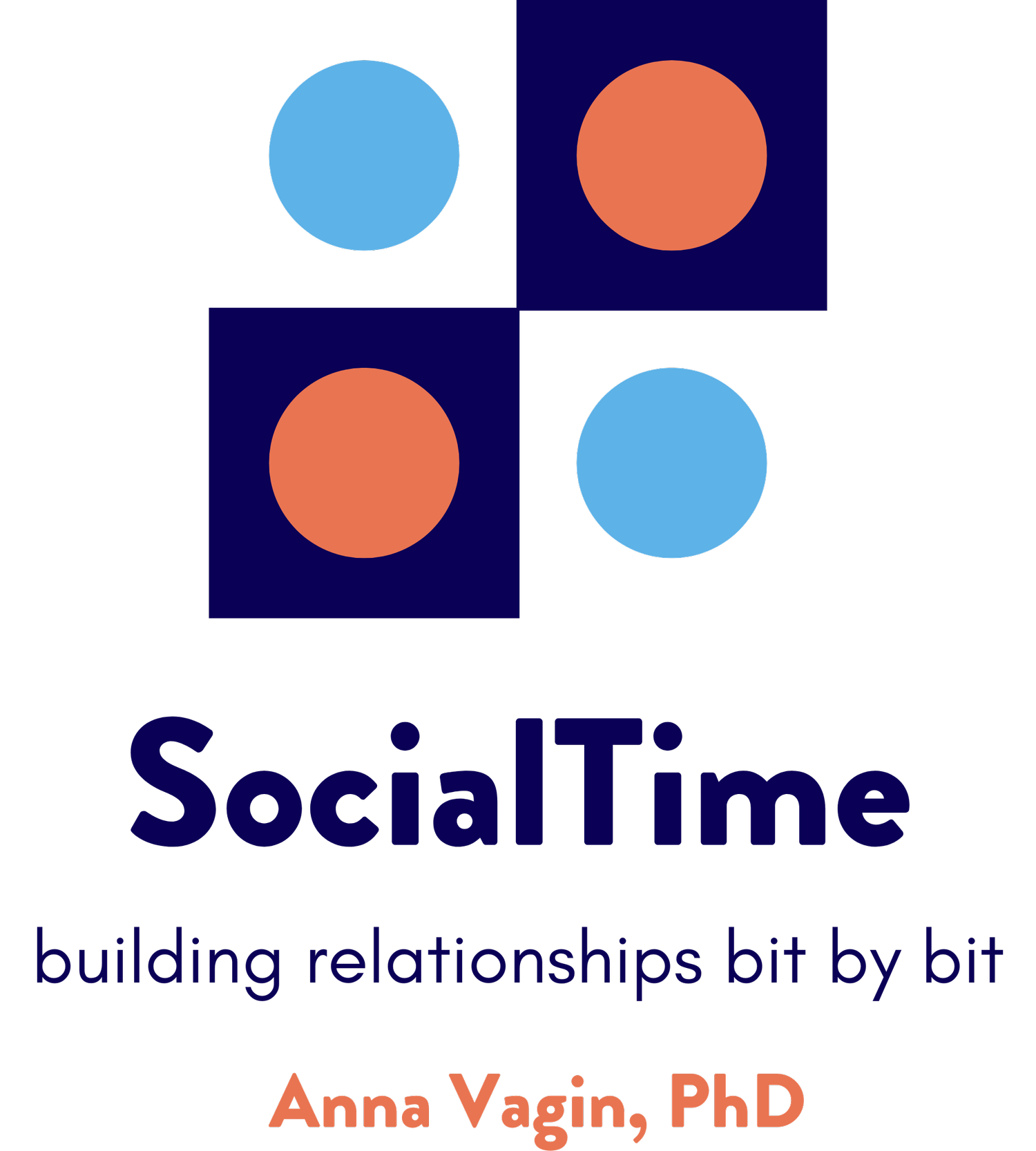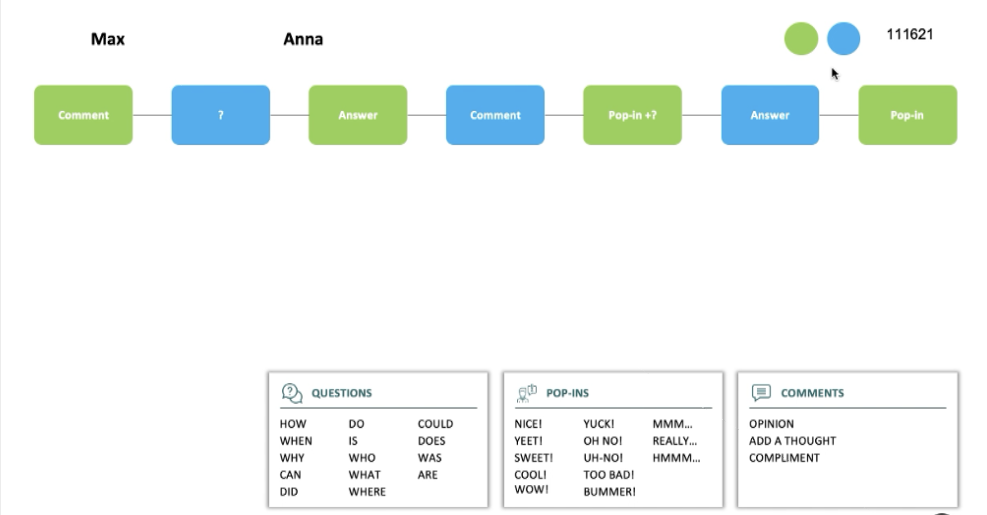Turning Talk into Connection—One Comment at a Time
Everyone’s got a comment about a micro-pig café!
It often seems like speaking gigs come in bunches, so I wasn’t too surprised that I had three last week! Each talk included some therapy ideas for conversation (specifically comments,) so I thought I would pass a few therapy ideas on to you!
First, let’s review some basics about comments: 💬
Comments come in many different forms. They can express an opinion (e.g. "I think so too.") or make a connection via our experiences with something (e.g. "I've been there.") They can also be a compliment (e.g. "Cool t-shirt",) explain our knowledge (e.g. "It says it's gonna rain") or serve as an acknowledgment (e.g. "ya" or "thanks".)
Given their diversity, comments can add "color" to a conversation. 🎨 Comments are sometimes overlooked as we focus on questions and answers.
Comments can sometimes be too direct, and possibly, often unintentionally, hurtful (e.g., "that's stupid"), perhaps not taking into account that other person's feelings and perspectives/opinions.
Now, here are several varied activities to work on comments with those students for whom this type of conversation work is appropriate*. Templates for “Tell What You Think” and “I Know into I Think” are included in CPPEV.
1. Exploring comments
You can easily pull some pictures and see how many different comments your students can generate. Notice that some will be descriptive, others will be opinions. It’s all good! 👍🏼
2. Building comments
Start with a comment, then pass the dry-erase board around so everyone can add a different comment. For many students, making it visual like this helps them keep information in working memory, making the task easier and more focused on just the comment side of the work. Using different colored pens adds to the fun. 🖊️🎉
3. Commenting on topics
Have one person in group talk about something of interest. You serve as “notetaker” making a summary. 📝 Then, other members in group add a comment to the discussion. Again, making it visual makes the work easier, but you can always make it more challenging by limiting the amount of visual support.
4. Tell What You Think
Insert whatever topics your students think of, and have everyone give their opinion. Don’t be surprised if conversations take root – students may be curious about why others hold certain opinions. Excellent! 😁
5. I know vs I think
This activity differentiates these two Mental State Verbs. Notice that often, the “I thinks” invite more conversation than the “I knows.” 🤔
6. Comments in Conversation Paths
Of course, there are lots of opportunities for students to practice comments as they travel along the Paths in CPPEV, like this one:
Try these activities, and let me know how they go – or share what you have found to be successful!
Keep those comments coming!









